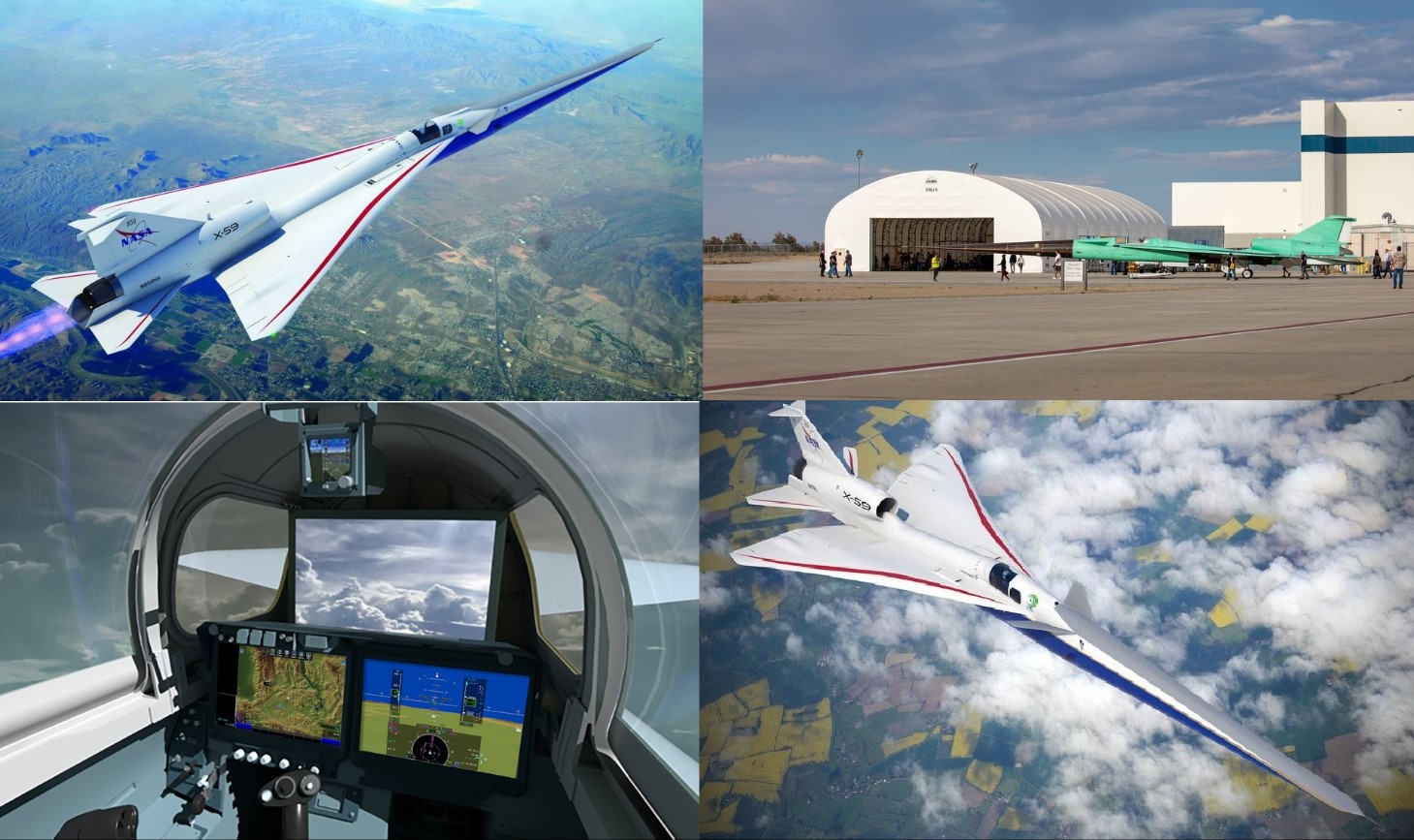NASA Unveils the New X-59 Quiet Supersonic Jet Today

Defense News U.S :- NASA and Lockheed Martin are set to reveal the X-59 Quesst on Friday, January 12. This new supersonic jet is designed to fly faster than the speed of sound without causing a loud sonic boom.
Catherine Bahm, NASA's manager for the Low Boom Flight Demonstrator project and X-59 development lead, expressed excitement about the unveiling. She mentioned that it marks a significant milestone towards achieving the mission's goal of minimizing sonic booms. The team, some of whom have been working on the project since its inception, considers this reveal a special moment.
You can watch the X-59 being rolled out for the first time via a free livestream on Space.com starting at 4 p.m. EST (2100 GMT). The event will also be available on NASA+, NASA TV, and courtesy of NASA.
Lockheed Martin's "Skunk Works" facility in Palmdale, California, has been constructing the X-59 since 2019. This experimental jet is designed to fly at supersonic speeds while significantly reducing the noise associated with traditional sonic booms. The goal is to produce a sound more akin to a "thump," similar to the sound of a car door slamming. NASA believes this innovation could lead to changes in regulations that currently restrict supersonic flights over populated areas due to disruptive sonic booms.
Although the X-59 was previously revealed in August 2023, this unveiling is special because it showcases the jet's final red, white, and blue paint job.
One unique feature of the X-59 is its absence of a forward windscreen. Instead, pilots rely on NASA's External Vision System (XVS), which utilizes a forward-facing camera, a cockpit display screen, and custom image processing software. This system creates an augmented reality view for the pilot, enhancing their line-of-sight with graphical flight data overlays.
Measuring 99.7 feet in length and 29.5 feet in width, the X-59 is designed to reach a speed of Mach 1.4 (925 mph) at an altitude of 55,000 feet. Its single engine, built by General Electric Aviation, powers the jet.
While the unveiling is a significant accomplishment, NASA emphasizes that it's just the beginning for the X-59. The next milestones include the first flight and subsequent supersonic flights. NASA plans to conduct a research campaign where the X-59 will fly over select residential areas to collect data on how people experience and react to its quieter sonic booms. This data will be used to seek approval for commercial supersonic flights from regulatory agencies like the Federal Aviation Administration.



